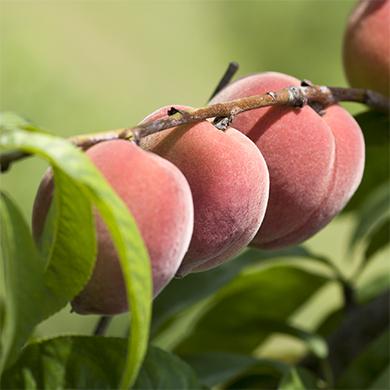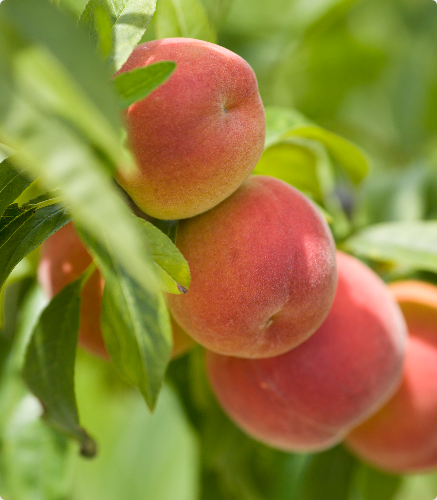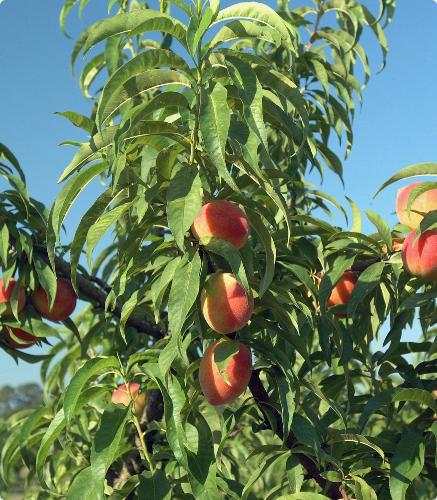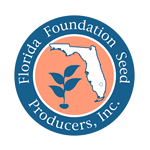To better support development of Florida’s stone-fruit industry, UF/IFAS established a satellite site for germplasm selection and evaluation at the Indian River Research and Education Center in Fort Pierce. This location typically gets about 75 chill hours per year, allowing for efficient selection of peaches suitable for South Florida production. The program also supports North Florida growers with research programs in Gainesville, Florida and Attapulgus, Georgia. Work at the Attapulgus site is a cooperative effort between UF/IFAS, the University of Georgia, and the USDA-ARS.
Since 2004, nine peach cultivars have been released, one nectarine cultivar, and two rootstocks. ‘UFBest’ - a yellow-fleshed peach with a chilling requirement below 150 hours- is an example of the program’s success. It has good flavor, excellent fruit shape and size, a high-percent blush, and excellent tree structure.
The UF/IFAS stone fruit breeding program is currently focused on developing peaches with non-melting flesh for the fresh-fruit market. In the future, the program will expand its work on white-fleshed peaches, which have received little attention compared with yellow-fleshed varieties. Several white-fleshed selections are currently being evaluated.





